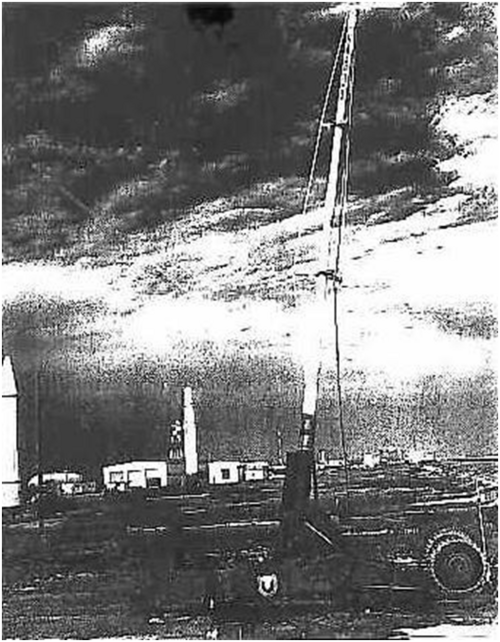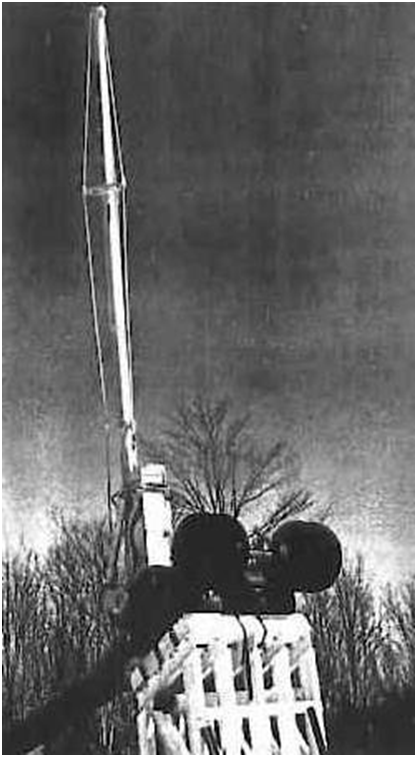- Joined
- 21 April 2009
- Messages
- 13,745
- Reaction score
- 7,666

What all soldiers need to know about how long-range fires will change war
Shooting and sensing targets farther out will shift what combined arms can do.






New Artillery Round Promises Higher Speed, Extended Range
New Artillery Round Promises Higher Speed, Extended Rangewww.nationaldefensemagazine.org
Usain bolt is fast, but I'm sure a howitzer round travels faster.A conventional munition flies at 25 miles per hour????
New Artillery Round Promises Higher Speed, Extended Range
New Artillery Round Promises Higher Speed, Extended Rangewww.nationaldefensemagazine.org
Usain bolt is fast, but I'm sure a howitzer round travels faster.A conventional munition flies at 25 miles per hour????
Which is pretty sad when you consider only months ago they were talking about much high ranges up to and including 1000+ miles with the super howitzer. Hell a G6 beats it and doesn't even need the ramjet:New Artillery Round Promises Higher Speed, Extended Range
New Artillery Round Promises Higher Speed, Extended Rangewww.nationaldefensemagazine.org
Usain bolt is fast, but I'm sure a howitzer round travels faster.A conventional munition flies at 25 miles per hour????
Looks like they fixed it; now refers to normal shells having a range of 25 miles, versus up to 44 for the ramjet.



U.S. Army Breaks New Ground as Lockheed Martin’s PrSM Completes Record-Setting Flight
DALLAS, October 13, 2021 – Lockheed Martin’s (NYSE: LMT) Precision Strike Missile (PrSM) completed its longest flight to date, exceeding maximum threshold, with the U.S. Army today at...news.lockheedmartin.com

 defbrief.com
defbrief.com
The company did not disclose the distance the PrSM traveled in its flight test, but the goal of the test was to see exactly how far the missile can travel beyond its previous set requirement of 499 kilometers.



SLRC is a much larger weapon in the 200mm plus range. It isn't relevant to the M109.Which is pretty sad when you consider only months ago they were talking about much high ranges up to and including 1000+ miles with the super howitzer. Hell a G6 beats it and doesn't even need the ramjet:New Artillery Round Promises Higher Speed, Extended Range
New Artillery Round Promises Higher Speed, Extended Rangewww.nationaldefensemagazine.org
Usain bolt is fast, but I'm sure a howitzer round travels faster.A conventional munition flies at 25 miles per hour????
Looks like they fixed it; now refers to normal shells having a range of 25 miles, versus up to 44 for the ramjet.

155mm Artillery System Claims World Record: 76km - Defense Update:
In a recent firing series held in South Africa, the German-South African joint-venture Rheinmetall Denel Munitions (RDM) demonstrated a dramatic increase in the range of its artillery firepower. The demonstration employed three 155 mm cannons with 52 and 39 caliber lengths, which scored three...defense-update.com




there are surely many multiple issues and even options to resolve to get SLRC right, and unfortunately likely not enough time, however msles are still one shot wonders in more respects than one.SLRC is funded but its an S&T effort and not a program or even an operationally fieldable prototype program like the other efforts. There are three teams working on a ramjet round for the 155 mm guns including ERCA. All are funded to demo around the same time.
Thanks for the update. Didnt want be a fan of PrSm but its a semi-savior. Maybe.Yes they can look at a few of those but right now, under the "strategic fires" the Army is prioritizing just one rapid prototyping and operational program in the LRHW. That will transition to a PoR around 2023. Beyond that, I'm not sure there is room in the budget to field the other beyond maturing tech and having a more longer term view on fielding the long SLRC. Operational and tactical fires are getting more funding as there are huge gaps there due to INF so that will keep the Army busy for a while assuming there's even room there to fully buy those programs (with the upcoming budget wars)..



